Introduction
Glutinous rice balls, known as tangyuan in Chinese, are a beloved dessert deeply rooted in Chinese cuisine and culture. These chewy, round dumplings symbolize unity, togetherness, and prosperity, making them a staple during festivals like the Lantern Festival and Winter Solstice. While traditional tangyuan are often white or lightly tinted, modern interpretations embrace vibrant hues using natural ingredients, transforming this classic treat into a visually stunning delight. This article explores the art of crafting colorful tangyuan at home, combining time-honored techniques with creative flair. Whether you’re a seasoned cook or a curious novice, this guide will walk you through selecting ingredients, preparing vibrant doughs, crafting delicious fillings, and mastering cooking techniques to achieve perfectly soft, glossy tangyuan.
The Cultural Significance of Tangyuan
Before diving into the recipe, it’s essential to appreciate the cultural weight of tangyuan. These dumplings have been part of Chinese festivities for centuries, with their round shape mirroring the full moon and representing wholeness and family reunion. During the Lantern Festival, which marks the end of Chinese New Year celebrations, families gather to enjoy tangyuan in sweet broths, fostering connections and celebrating new beginnings. Today, tangyuan has evolved beyond its traditional roots, with chefs and home cooks experimenting with flavors, colors, and presentations. Colored tangyuan adds a playful twist, making it a hit at parties, family dinners, or even as a whimsical breakfast treat.
Ingredients: Natural Colors for Vibrant Dough
The key to creating eye-catching tangyuan lies in using natural dyes derived from fruits, vegetables, and spices. Avoid artificial food colorings by opting for these kitchen staples:
- Red/Pink: Beetroot powder or juice, strawberry puree, or red dragon fruit.
- Green: Matcha powder, spinach juice, or pandan extract.
- Yellow: Turmeric powder, mango puree, or saffron.
- Purple: Blueberry juice, purple sweet potato, or butterfly pea flower tea.
- Orange: Carrot juice or papaya puree.
For the base dough, you’ll need:
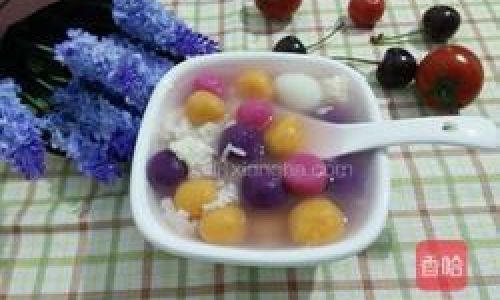
- 2 cups glutinous rice flour (sticky rice flour)
- 1 cup room-temperature water (adjust as needed)
- 1/4 tsp salt
- Optional: 1 tbsp sugar (for slight sweetness)
Filling Options: Sweet and Savory Variations
While classic tangyuan fillings include black sesame paste, crushed peanuts with sugar, or red bean paste, feel free to experiment. Here are some ideas:
- Sweet Fillings:
- Nutella or chocolate ganache.
- Shredded coconut mixed with condensed milk.
- Mashed sweet potato with honey.
- Savory Fillings (less common but delicious):
- Minced pork with mushrooms and soy sauce.
- Cheese and spinach.
Step-by-Step Preparation
Making the Colored Doughs
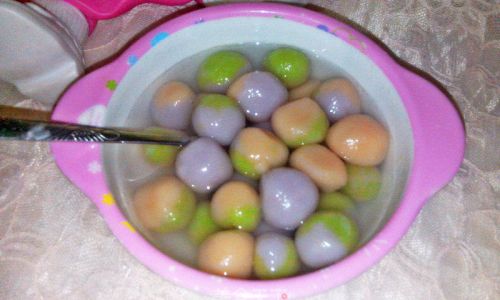
- Base Dough: In a large mixing bowl, combine glutinous rice flour and salt. Gradually add water, stirring with a spatula until a shaggy dough forms. Knead with your hands until smooth (5–7 minutes). If the dough cracks, add water incrementally; if sticky, dust with flour.
- Coloring the Dough:
- Divide the base dough into portions (e.g., four equal parts for four colors).
- For each color, flatten a dough portion, add 1/2 tsp of natural dye (e.g., matcha for green), and knead until the color is evenly distributed. Repeat for all colors.
Preparing the Fillings
- Sweet Filling Example (Black Sesame):
- Toast 1/4 cup black sesame seeds in a dry pan until fragrant.
- Grind in a mortar or blender with 2 tbsp sugar and 1 tbsp melted butter until paste-like.
- Roll into 1/2-inch balls and chill.
- Savory Filling Example (Pork):
- Sauté 1/4 cup minced pork with 1 tbsp soy sauce, 1 tsp ginger, and 1/4 cup diced mushrooms.
- Cool completely before rolling into balls.
Shaping the Tangyuan
- Assembling:
- Pinch a 1-inch ball from a colored dough portion.
- Flatten it into a disc, place a filling ball in the center, and gently pinch the dough around the filling, sealing it completely.
- Roll between your palms to smooth out any cracks.
- Creative Shapes:
- For floral patterns, press a small piece of contrasting dough onto the surface.
- Use cookie cutters for novelty shapes (e.g., stars, hearts).
Cooking the Tangyuan
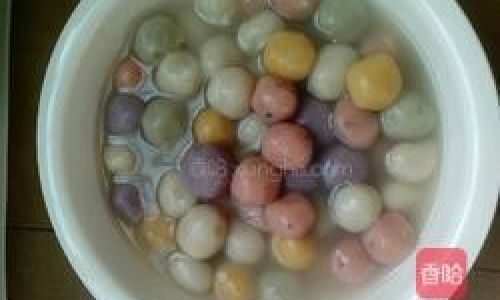
- Boiling:
- Bring a pot of water to a rolling boil.
- Gently lower the tangyuan into the water using a slotted spoon.
- Stir lightly to prevent sticking. Once they float to the surface (3–5 minutes), cook for an additional 1–2 minutes.
- Serving:
- Drain and serve in warm sweet broth (e.g., ginger, brown sugar, or osmanthus syrup).
- Top with sesame seeds, coconut flakes, or crushed peanuts.
Tips for Perfect Tangyuan
- Dough Consistency: The dough should be soft but not sticky. If it cracks during shaping, your dough is too dry; add a few drops of water.
- Storage: Uncooked tangyuan can be frozen on a tray, then transferred to a freezer bag for up to 3 months. Boil directly from frozen (add 1–2 minutes to cooking time).
- Gluten-Free Option: Ensure your glutinous rice flour is certified gluten-free.
- Vegan Variations: Use coconut oil instead of butter in fillings and serve with dairy-free broth.
Creative Presentation Ideas
Elevate your tangyuan presentation with these ideas:
- Rainbow Bowls: Arrange multicolored tangyuan in a clear bowl with coconut milk and edible flowers.
- Sushi-Style Rolls: Wrap tangyuan in thin sheets of mochi dough for a playful twist.
- Ice Cream Toppings: Serve warm tangyuan over vanilla ice cream for a decadent dessert.
Health Benefits and Nutritional Notes
While tangyuan is indulgent, it offers some nutritional perks:
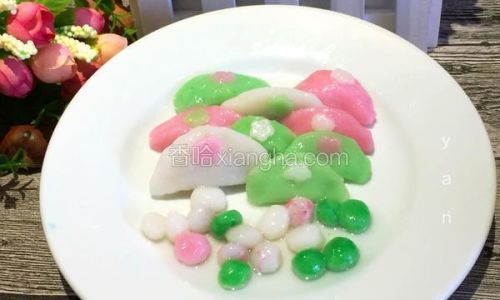
- Glutinous rice flour is rich in resistant starch, which aids digestion.
- Natural dyes like beetroot and spinach add antioxidants and vitamins.
- Opt for fillings like sweet potato or black sesame for fiber and healthy fats.
Troubleshooting Common Issues
- Cracked Dough: Knead longer or add a touch more water.
- Mushy Texture: Avoid overcrowding the pot; boil in batches if needed.
- Bland Flavor: Enhance the broth with star anise, cinnamon, or a splash of rose water.
Conclusion
Crafting colorful tangyuan at home is a rewarding culinary adventure that blends tradition with creativity. By using natural dyes and experimenting with fillings, you can tailor this dessert to suit any occasion or dietary preference. Whether you’re honoring cultural heritage or simply indulging your sweet tooth, these vibrant dumplings are sure to impress. So gather your ingredients, invite loved ones to join the fun, and savor the joy of homemade tangyuan—a bite-sized celebration of flavor, color, and togetherness.
Final Word
Don’t be intimidated by the process; with practice, shaping tangyuan becomes second nature. Share your creations on social media, and don’t forget to tag them with #ColorfulTangyuan to inspire others. After all, food is not just nourishment—it’s a language of love, and these radiant dumplings speak volumes. 🌈🍡
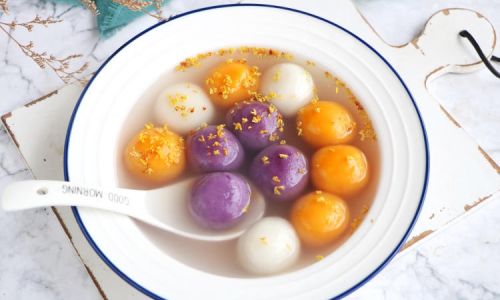
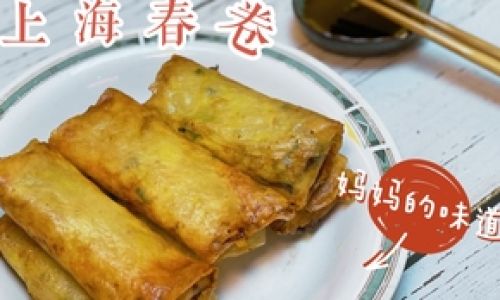
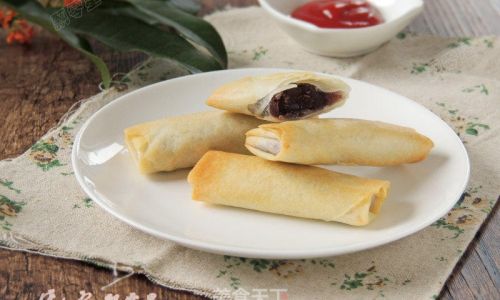
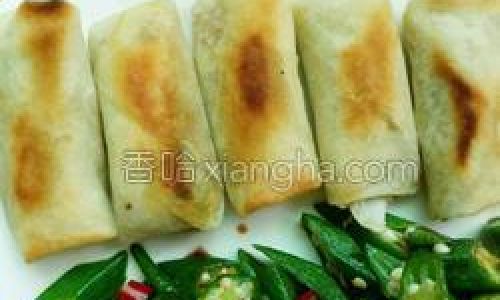

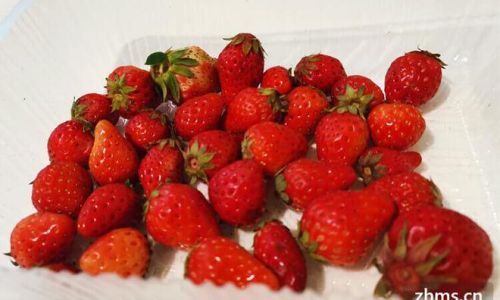
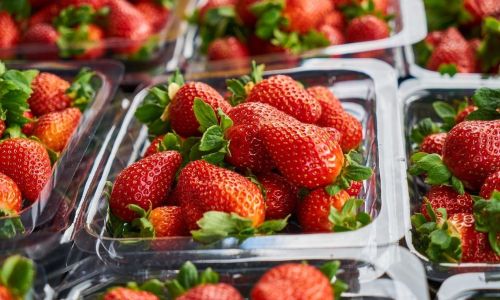
0 comments